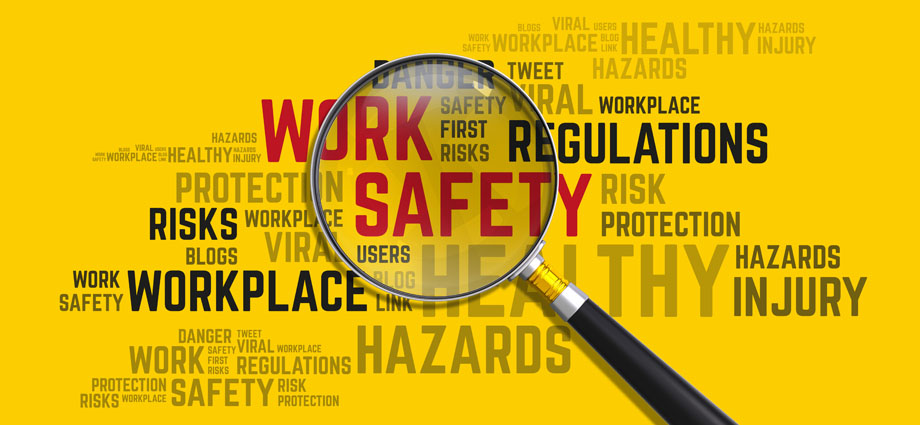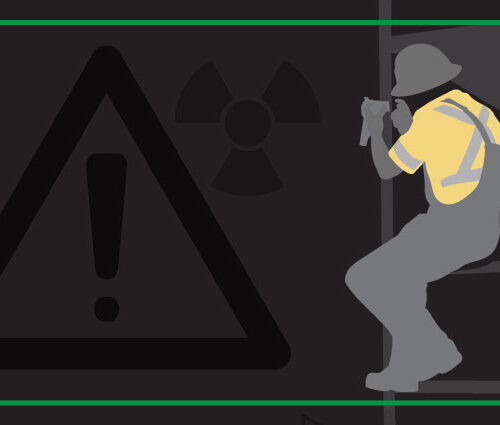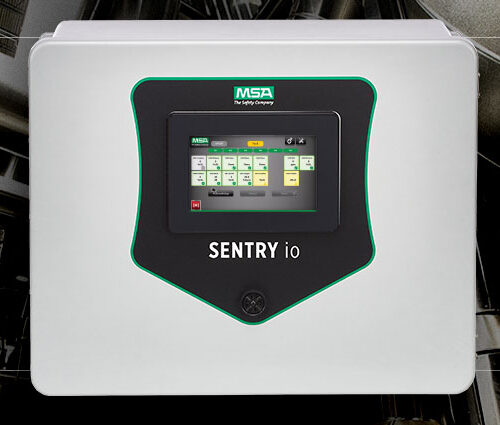
Since 1970, the Occupational Safety and Health Administration (OSHA) has required many employers to maintain records of serious work-related injuries and illnesses and submit those data. Unfortunately, though, keeping the details of OSHA’s recordkeeping requirements straight isn’t always straightforward, and companies may receive large fines and penalties that can negatively affect their brand if they provide incomplete or inaccurate information.
Nevertheless, employers should not hesitate to report. Reported statistics are descriptive because OSHA needs data on a national scale to properly pinpoint common problems and ultimately improve safety and health for workers.
OSHA 29 CFR Part 1904 (a)
Subpart A — Purpose.
The purpose of this rule (part 1904) is to require employers to record and report work-related fatalities, injuries, and illnesses.
Note to § 1904.0: Recording or reporting a work-related injury, illness, or fatality does not mean that the employer or employee was at fault, that an OSHA rule has been violated, or that the employee is eligible for workers’ compensation or other benefits.
With that in mind, employers, subject to certain exceptions, are required to report work-related illnesses, injuries, and deaths which, ultimately, will better inform your organization’s approach to safety and health.
So, how do you know when to report? While OSHA provides details on what to report and when, we’ll walk you through how to determine work-relatedness, which is key to reportability. With insights into OSHA’s decision logic to determine which cases should be recorded, let’s set your reporting record straight.
OSHA 1904.5(a)
Basic requirement. You must consider an injury or illness to be work-related if an event or exposure in the work environment either caused or contributed to the resulting condition or significantly aggravated a pre-existing injury or illness. Work-relatedness is presumed for injuries and illnesses resulting from events or exposures occurring in the work environment, unless an exception in §1904.5(b)(2) specifically applies
Most simply put, work environment depends on the geographic presumption. For OSHA’s purposes, it’s “presumed” that cases occurring within the work environment (either the premises of the establishment itself or another location where people work as a condition of employment and over which the company has exclusive control) are considered work related unless the employer has evidence to the contrary. The burden of proof is on the employer, not OSHA. Employers can rebut the presumption only if they can show that the case didn’t take place in the work environment, didn’t take place at all, or meets the exclusion criteria.
Generally, the work contribution doesn’t need to be significant to apply. Even if the work environment only slightly contributed to a case that may, or may not have, other, more significant contributing factors, the case is considered work-related. The contribution would need to be major for workers who already have a pre-existing condition; if some aspect of their work exacerbates it, that would be considered a work-related illness or injury if the event or exposure had a significant impact.
There are situations where an injury or illness occurs in a work environment that are not considered work-related and, therefore is not recordable. OSHA has outlined the following 9 exceptions, where employers are not required to record injuries and illnesses:
Once you’ve determined that a case is work-related, submit it as a new case if the employee has not had the same injury or illness before, if it reoccurs after complete recovery, or if previously resolved symptoms reappear after a work-related incident. In general, if it’s been a long time since symptoms last appeared, you’ll probably report a new case. If not, simply revise an existing case to keep data accurate.
Knowing the reasoning behind OSHA’s workplace-related reportability should help simplify determining which cases to report, but when it comes to knowing what to report, make your motto “When in doubt, record the case.”
Links to details on OSHA’s record keeping requirements:
OSHA recordkeeping requirements overview: https://www.osha.gov/recordkeeping/
The full OSHA recordkeeping regulation: https://www.osha.gov/laws-regs/regulations/standardnumber/1904
OSHA’s determination of work-relatedness: https://www.osha.gov/laws-regs/regulations/standardnumber/1904/1904.5
For a more in-depth exploration of this topic, check out the OSHA Record Keeping in 2019: What You Need to Know online webinar, now available for free on-demand.







